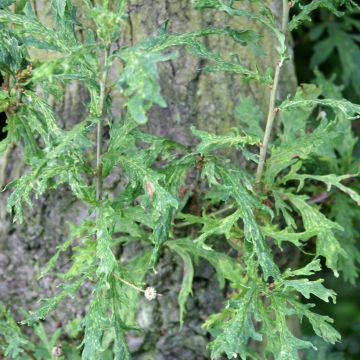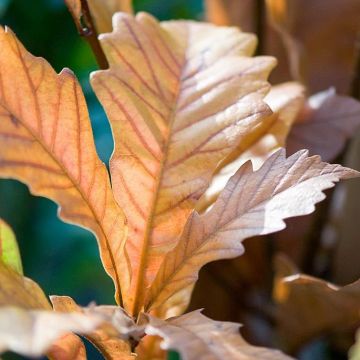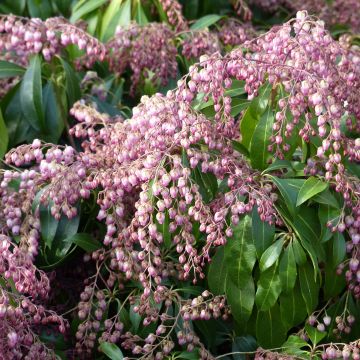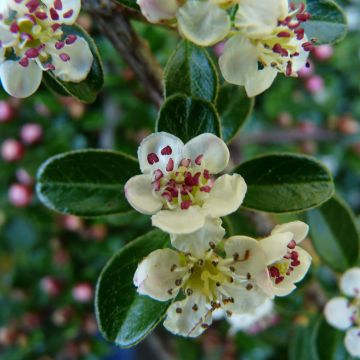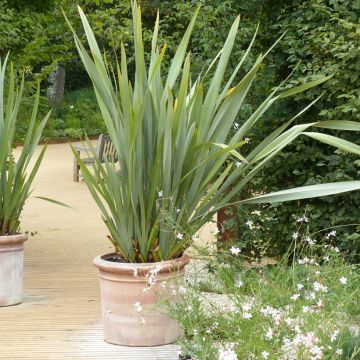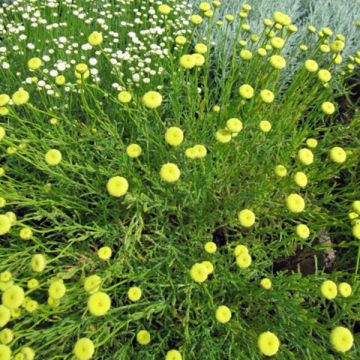

Quercus cerris - Chêne chevelu ou Chêne lombard


Quercus cerris
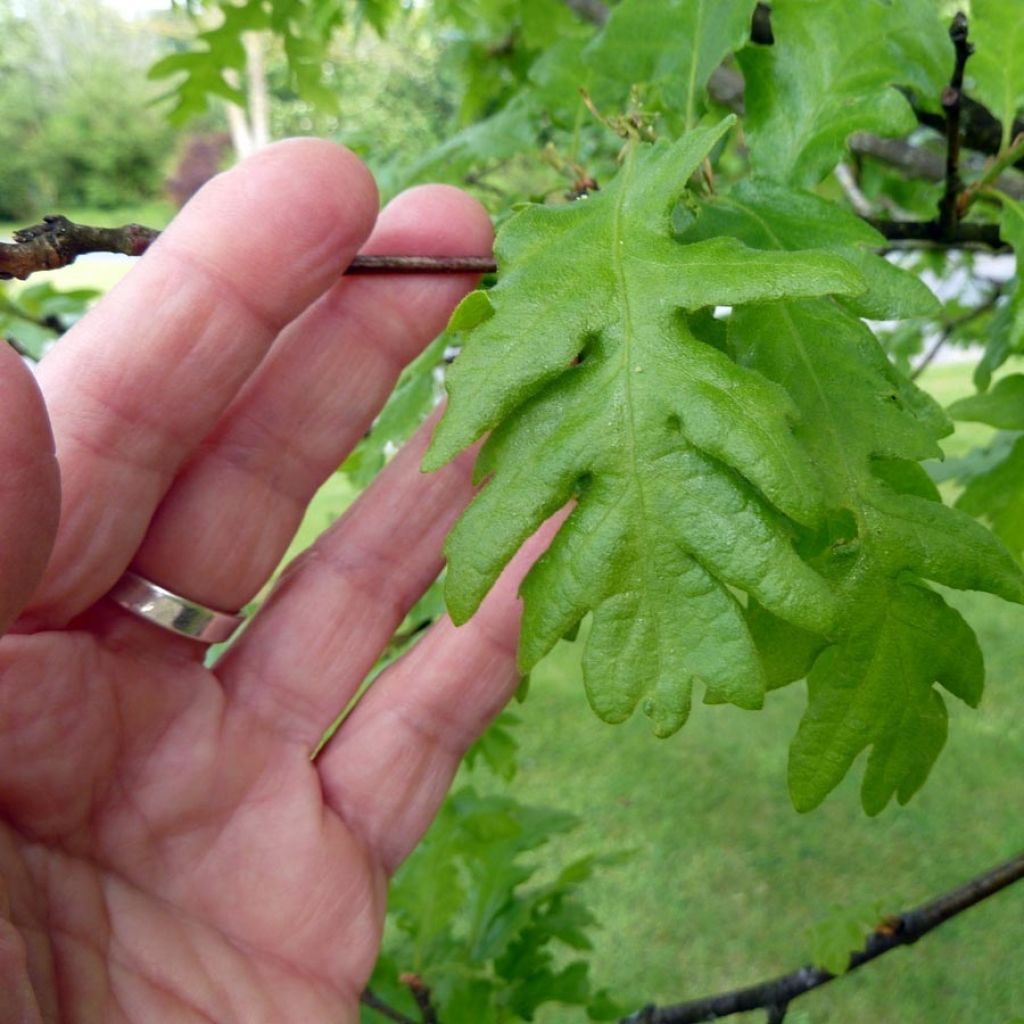

Quercus cerris - Chêne chevelu ou Chêne lombard
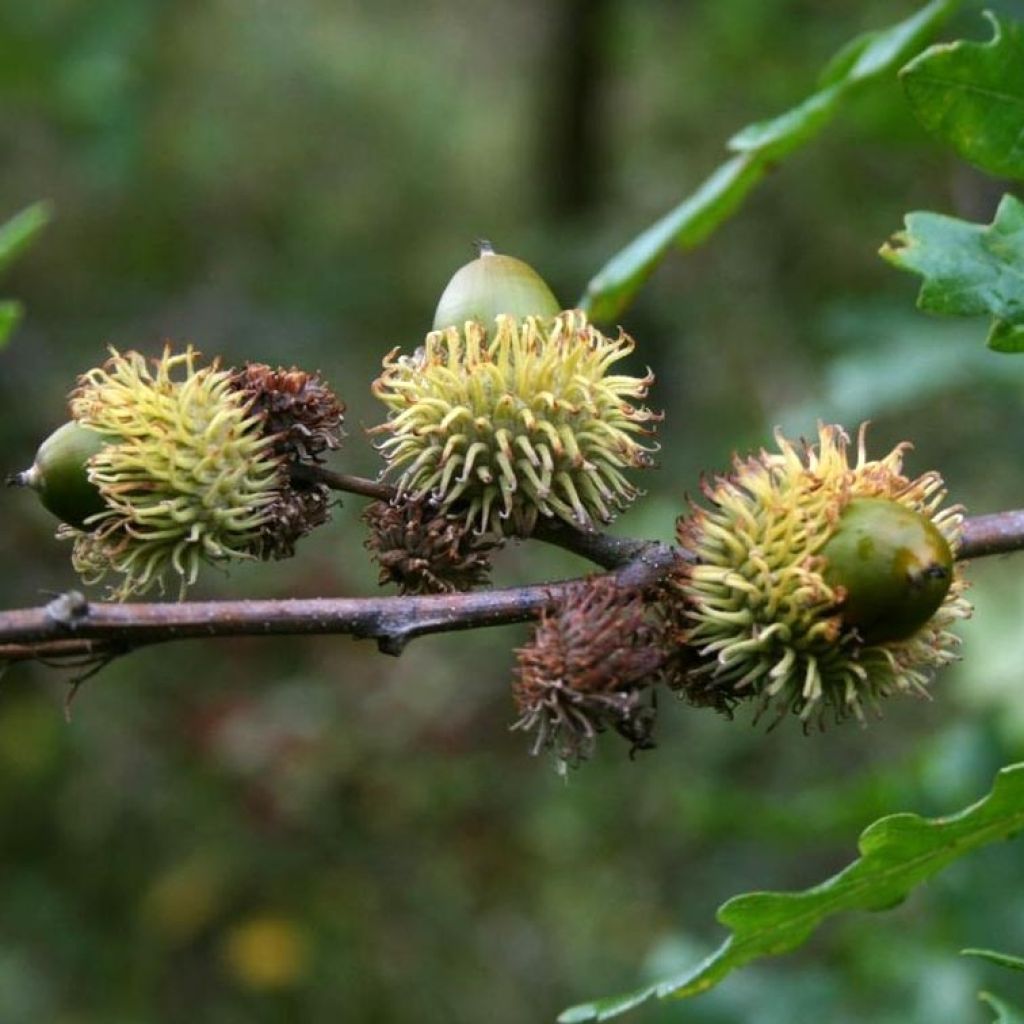

Quercus cerris - Chêne chevelu ou Chêne lombard


Quercus cerris - Chêne chevelu ou Chêne lombard
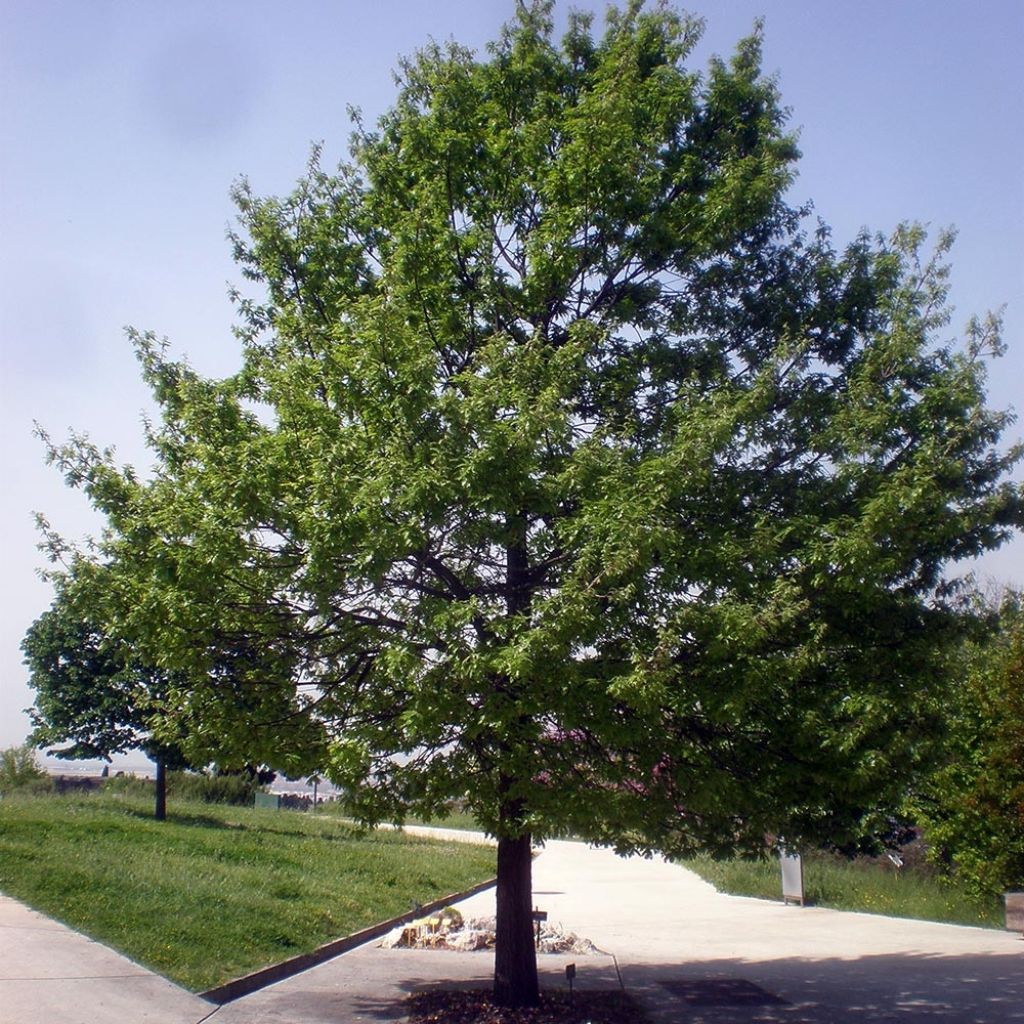

Quercus cerris - Chêne chevelu ou Chêne lombard
Quercus cerris
Quercus cerris
Turkey Oak, Bitter Oak, Iron Oak, Manna Oak, Mossy-cupped Oak, Wainscot Oak
Very beautiful tree. Well packaged unlike my previous order where I had 3 damaged trees due to poorly done packaging.
Jacqueline, 12/10/2024
This item cannot be shipped to the selected country
Oversize package delivery charge from €6.90
Oversize package delivery charge from €6.90
Delivery to Corse prohibited
More information
Schedule delivery date,
and select date in basket
This plant carries a 24 months recovery warranty
More information
We guarantee the quality of our plants for a full growing cycle, and will replace at our expense any plant that fails to recover under normal climatic and planting conditions.
Oversize package: home delivery by special carrier from €6.90 per order..
Express home delivery from €8.90.
Oversize package: home delivery by special carrier from €6.90 per order..
Express home delivery from €8.90.
Delivery to Corse prohibited: UE law prohibits the import of this plant from mainland France to Corse as part of the fight against Xylella fastidiosa. Please accept our sincere apologies.
More information

Does this plant fit my garden?
Set up your Plantfit profile →
Description
Quercus cerris, better known as the Turkey Oak, is a beautiful park tree that owes its name to its highly variable, even slightly anarchic habit, but more certainly to the bristly and downy ornamentation that covers the basal cut in which each of its long acorns rests. It is a fast-growing species that adapts well to soils with a tendency for limestone. The last asset of this unusual oak is its almost marcescent foliage, which, even when dry, remains attached to the branches for a long time.
The Turkey Oak belongs to the family of Fagaceae. It is native to southeastern Europe, and widespread from the Balkan Peninsula to the western shore of the Black Sea and to central Europe. It is a species of warm temperate climates, which appreciates limestone soils but dislikes prolonged droughts.
This fast-growing tree reaches an average height of 20m (66ft) with a spread of 10-12m (33-39ft), but shows a highly variable habit, more or less spreading, irregular. This oak develops a broadly conical crown that rounds off over time. It is not uncommon for its main structural branch to rise and extend to the top, taking over from the trunk by branching into robust branches that will form the crown. The trunk is covered with a rough and channelled bark, fragmented into long plates. The young branches are covered with a greyish and felty down. In spring, fuzzy buds with moss-like false leaves appear. They unfold into tough and rough leaves, dark green in colour, with variable shape, presenting 4 to 9 pairs of lobes, more or less deep. When autumn comes, the foliage turns yellowish-brown, remaining attached to the branches for a long time before falling. The flowering in May, with yellow colour, is quite discreet. This oak is recognisable by the curious appearance of its fruits: the majority of acorns are enclosed in a densely covered hemispherical cupule, with long frizzled scales, curved backwards, and covered with a grey felting. The large acorns, elongated, measure 2.5 to 4 cm (1 to 2in) in length and 2 cm (1in) in width. They are solitary or grouped in 2 to 4, orange at the base, and brown-green at their tip. This species is quite sensitive to frost, which can crack its bark, but its foliage is resistant to mildew. The root system of this oak is deep and powerful, of a taproot type, thus providing a solid and long-lasting grip in the deep soils.
The Turkey Oak is a tolerant species that adapts to most of our regions, as long as it is planted in a sufficiently deep and not too dry soil. Resistant to cold, leafy until late in the season, perfectly tolerating pruning, it protects against wind, including in coastal gardens that it appreciates. It can be planted individually or in rows, in a grove, or even in a large hedge alongside the Holly Oak (Quercus ilex), the Portuguese Laurel (Prunus lusitanica), or large Photinias. Make sure to have enough space for this generous-sized oak.
Report an error about the product description
Quercus cerris in pictures






Plant habit
Flowering
Foliage
Botanical data
Quercus
cerris
Fagaceae
Turkey Oak, Bitter Oak, Iron Oak, Manna Oak, Mossy-cupped Oak, Wainscot Oak
Western Europe
Other Oak
Planting and care
Quercus cerris is planted in autumn or spring. It prefers deep, fertile soils, not too dry in summer, slightly acidic, neutral or chalky. It fears shallow, excessively acidic rocky soils. It prefers sunny and open exposures. Well-adapted to the seaside, it appreciates humid atmospheres and withstands sea spray. Protect it from excessively dry summers in the years following planting. It is a tree that requires very little maintenance once established. It is not very prone to diseases and parasites.
Planting period
Intended location
Care
-
, onOrder confirmed
Reply from on Promesse de fleurs
Evergreen shrubs
Haven't found what you were looking for?
Hardiness is the lowest winter temperature a plant can endure without suffering serious damage or even dying. However, hardiness is affected by location (a sheltered area, such as a patio), protection (winter cover) and soil type (hardiness is improved by well-drained soil).

Photo Sharing Terms & Conditions
In order to encourage gardeners to interact and share their experiences, Promesse de fleurs offers various media enabling content to be uploaded onto its Site - in particular via the ‘Photo sharing’ module.
The User agrees to refrain from:
- Posting any content that is illegal, prejudicial, insulting, racist, inciteful to hatred, revisionist, contrary to public decency, that infringes on privacy or on the privacy rights of third parties, in particular the publicity rights of persons and goods, intellectual property rights, or the right to privacy.
- Submitting content on behalf of a third party;
- Impersonate the identity of a third party and/or publish any personal information about a third party;
In general, the User undertakes to refrain from any unethical behaviour.
All Content (in particular text, comments, files, images, photos, videos, creative works, etc.), which may be subject to property or intellectual property rights, image or other private rights, shall remain the property of the User, subject to the limited rights granted by the terms of the licence granted by Promesse de fleurs as stated below. Users are at liberty to publish or not to publish such Content on the Site, notably via the ‘Photo Sharing’ facility, and accept that this Content shall be made public and freely accessible, notably on the Internet.
Users further acknowledge, undertake to have ,and guarantee that they hold all necessary rights and permissions to publish such material on the Site, in particular with regard to the legislation in force pertaining to any privacy, property, intellectual property, image, or contractual rights, or rights of any other nature. By publishing such Content on the Site, Users acknowledge accepting full liability as publishers of the Content within the meaning of the law, and grant Promesse de fleurs, free of charge, an inclusive, worldwide licence for the said Content for the entire duration of its publication, including all reproduction, representation, up/downloading, displaying, performing, transmission, and storage rights.
Users also grant permission for their name to be linked to the Content and accept that this link may not always be made available.
By engaging in posting material, Users consent to their Content becoming automatically accessible on the Internet, in particular on other sites and/or blogs and/or web pages of the Promesse de fleurs site, including in particular social pages and the Promesse de fleurs catalogue.
Users may secure the removal of entrusted content free of charge by issuing a simple request via our contact form.
The flowering period indicated on our website applies to countries and regions located in USDA zone 8 (France, the United Kingdom, Ireland, the Netherlands, etc.)
It will vary according to where you live:
- In zones 9 to 10 (Italy, Spain, Greece, etc.), flowering will occur about 2 to 4 weeks earlier.
- In zones 6 to 7 (Germany, Poland, Slovenia, and lower mountainous regions), flowering will be delayed by 2 to 3 weeks.
- In zone 5 (Central Europe, Scandinavia), blooming will be delayed by 3 to 5 weeks.
In temperate climates, pruning of spring-flowering shrubs (forsythia, spireas, etc.) should be done just after flowering.
Pruning of summer-flowering shrubs (Indian Lilac, Perovskia, etc.) can be done in winter or spring.
In cold regions as well as with frost-sensitive plants, avoid pruning too early when severe frosts may still occur.
The planting period indicated on our website applies to countries and regions located in USDA zone 8 (France, United Kingdom, Ireland, Netherlands).
It will vary according to where you live:
- In Mediterranean zones (Marseille, Madrid, Milan, etc.), autumn and winter are the best planting periods.
- In continental zones (Strasbourg, Munich, Vienna, etc.), delay planting by 2 to 3 weeks in spring and bring it forward by 2 to 4 weeks in autumn.
- In mountainous regions (the Alps, Pyrenees, Carpathians, etc.), it is best to plant in late spring (May-June) or late summer (August-September).
The harvesting period indicated on our website applies to countries and regions in USDA zone 8 (France, England, Ireland, the Netherlands).
In colder areas (Scandinavia, Poland, Austria...) fruit and vegetable harvests are likely to be delayed by 3-4 weeks.
In warmer areas (Italy, Spain, Greece, etc.), harvesting will probably take place earlier, depending on weather conditions.
The sowing periods indicated on our website apply to countries and regions within USDA Zone 8 (France, UK, Ireland, Netherlands).
In colder areas (Scandinavia, Poland, Austria...), delay any outdoor sowing by 3-4 weeks, or sow under glass.
In warmer climes (Italy, Spain, Greece, etc.), bring outdoor sowing forward by a few weeks.



































